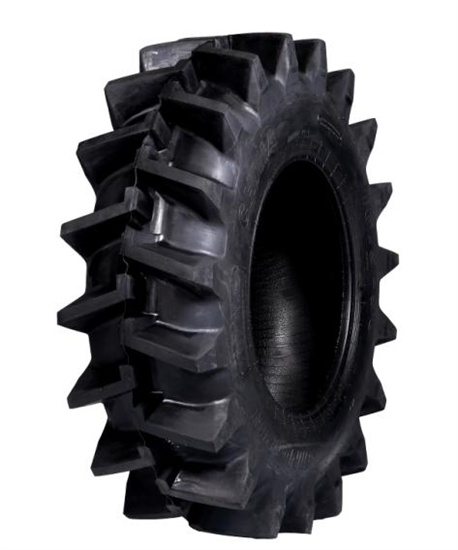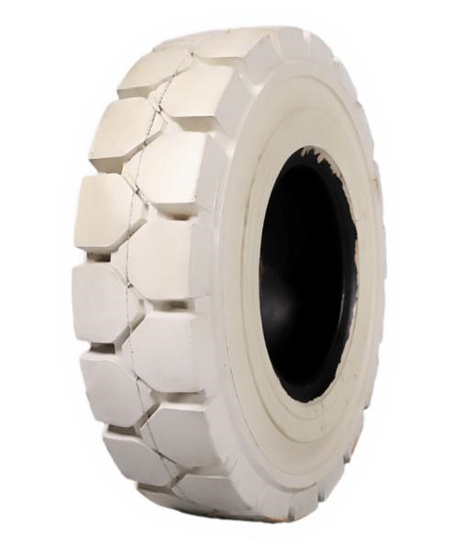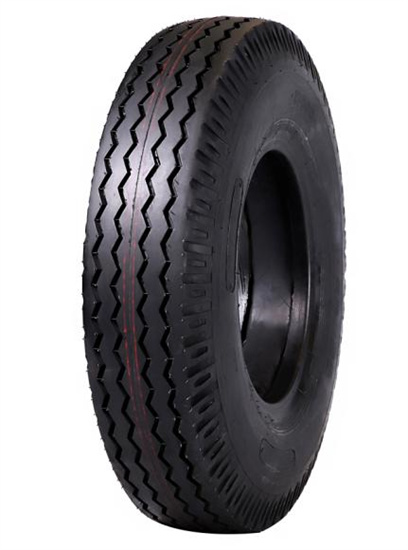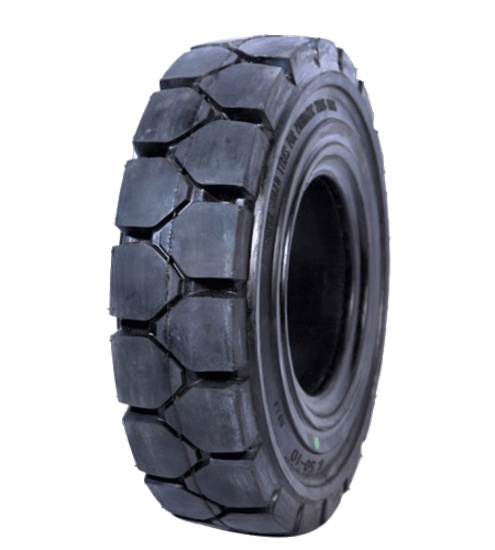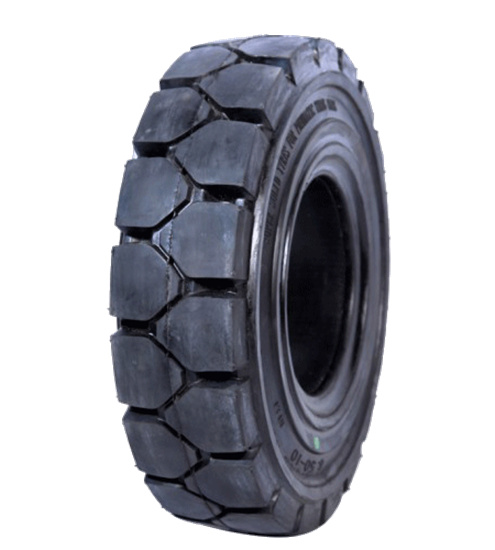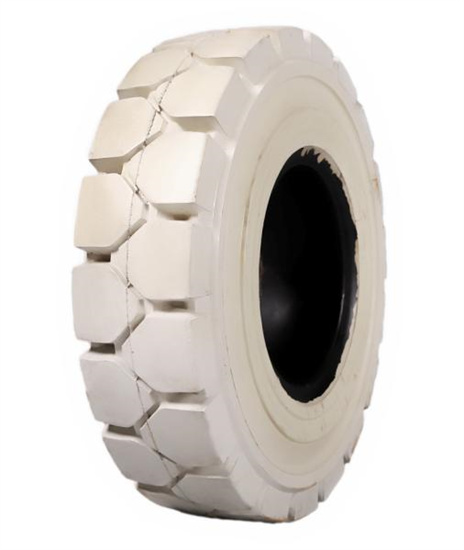18.4-38 PR-1 pattern
Ever wondered what those cryptic numbers and letters stamped on your tractor tires mean? If you’ve recently encountered the 18.4-38 PR-1 pattern, you’re not alone. This specific tire size and tread design cater to a particular set of agricultural needs, and understanding its intricacies can empower you to make informed choices for your farm. So, buckle up and get ready for a deep dive into the world of the 18.4-38 PR-1 tire!
Understanding the Basics
Before dissecting the specifics, let’s get a clear picture of what the 18.4-38 PR-1 represents. This alphanumeric code tells a story about the tire’s size, ply rating, and tread pattern. Here’s a breakdown:
- 18.4: This refers to the tire’s nominal section width (in inches) and rim diameter (also in inches). Imagine the tire sidewall as a section, and 18.4 inches represent its width when inflated. The 38 signifies the diameter of the metal rim that the tire sits upon.
- PR-1: PR stands for “Ply Rating,” which indicates the number of plies or layers of rubber and reinforcing materials within the tire’s construction. In this case, PR-1 signifies a single ply rating, making it a good choice for lighter loads compared to higher ply-rated tires.
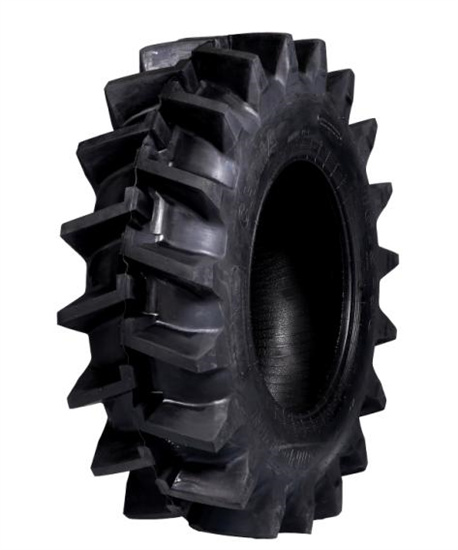
Decompiling the 18.4-38 PR-1 pattern Size
Now, let’s delve into the details of the 18.4-38 size designation. Imagine the tire as a giant donut. The 18.4 designation refers to two crucial measurements:
- Nominal Section Width (18): This doesn’t represent the exact width of the inflated tire, but rather a standard industry measurement used for tire comparisons. In reality, the actual inflated width can vary slightly depending on the manufacturer and specific tire model. Think of it as a ballpark figure for the tire’s “footprint” when mounted on a rim.
- Rim Diameter (38): This is a straightforward measurement – it simply indicates the diameter of the metal rim that the tire is designed to fit onto. Just like a shoe needs the right size foot, the tire needs a perfectly sized rim for proper fit and performance.
Understanding Tire Ply Rating
The PR-1 designation in our example refers to the tire’s ply rating. But what exactly are plies, and how does the rating impact the tire’s capabilities?
- Plies Explained: Imagine the tire’s construction as a layered cake. Each ply consists of a rubber layer reinforced with cords or fabric. More plies translate to a stronger, more robust tire capable of handling heavier loads.
- PR-1 and Load Capacity: A PR-1 rating indicates a single ply construction. While these tires might not be ideal for hauling massive equipment, they excel in applications where weight isn’t a major concern. The single ply construction makes them lighter, offering benefits like:
- Improved Fuel Efficiency: Less weight means less rolling resistance, which translates to lower fuel consumption for your tractor.
- Enhanced Maneuverability: Lighter tires allow for easier turning and maneuvering, especially in tight spaces or soft terrain.
- Reduced Soil Compaction: The lighter weight minimizes the impact on the soil, promoting better crop health and future harvests.

The PR-1 Tread Pattern
The PR-1 tread pattern is specifically designed for tractors operating in soft, loose, or wet conditions like paddy fields, mud, or freshly tilled soil. Here’s what makes this pattern stand out:
- Deep Lugs: The PR-1 features prominent, deep lugs that bite into the soft ground, providing exceptional traction and preventing the tractor from getting stuck. Imagine the lugs as the treads on your hiking boots – the deeper the treads, the better the grip on loose surfaces.
- Wide Spacing: The lugs are spaced relatively far apart, allowing mud and debris to easily clear from the tread pattern. This prevents the tire from becoming clogged and losing traction in muddy conditions. Think of it like the gaps between your fingers allowing water to flow through when you clench your fist.
Applications of the 18.4-38 PR-1
Now that you understand the construction and design of the 18.4-38 PR-1 tire, let’s explore where it shines:
- Paddy Fields: The deep lugs and wide spacing of the PR-1 tread pattern make it a champion in muddy environments like paddy fields. The lugs dig into the soft, wet soil, providing the traction needed to plow, plant, and harvest rice efficiently.
- Muddy Fields: Similar to paddy fields, the PR-1 excels in muddy terrains encountered during various agricultural tasks like tilling, harrowing, or manure spreading. The deep lugs prevent the tractor from getting bogged down, ensuring smooth operation.
- Light Hauling: While not ideal for heavy loads, the 18.4-38 PR-1 can handle light hauling tasks like transporting tools, seeds, or harvested crops around the farm.

The Benefits of Choosing 18.4-38 PR-1 Tires
There are several advantages to opting for the 18.4-38 PR-1 pattern for your specific agricultural needs:
- Superior Traction in Soft Ground: As mentioned earlier, the deep lugs and wide spacing of the PR-1 tread pattern provide exceptional grip in loose, wet, or muddy conditions. This translates to better maneuverability, reduced risk of getting stuck, and improved overall efficiency during farm operations.
- Reduced Fuel Consumption: Compared to higher ply-rated tires, the single ply construction of the PR-1 makes them lighter. This translates to lower rolling resistance, meaning your tractor consumes less fuel to perform the same tasks. With fuel prices constantly on the rise, this can lead to significant cost savings in the long run.
- Enhanced Maneuverability: The lighter weight of the 18.4-38 PR-1 tire allows for easier turning and maneuvering, especially in tight spaces or uneven terrain. This is particularly beneficial for tasks like cultivating fields, navigating narrow rows, or operating in greenhouses.
- Reduced Soil Compaction: The lighter weight of the PR-1 tire minimizes the impact on the soil compared to heavier tires. This is crucial for maintaining healthy soil structure, promoting better root growth for your crops, and ultimately leading to improved yields.
Going Beyond the 18.4-38 PR-1: Comparing Tire Options
When selecting tires for your tractor, it’s important to consider your specific needs and compare different options. Here’s a breakdown of how the 18.4-38 PR-1 stacks up against some common alternatives:
- Higher Ply-Rated Tires (e.g., PR-14): These tires boast a higher ply construction, making them significantly stronger and more suitable for hauling heavy loads. However, the increased weight translates to higher fuel consumption and potentially greater soil compaction. Choose these if heavy-duty hauling is a primary concern for your farm.
- Flotation Tires: Designed for maximum floatation in extremely soft or wet conditions, flotation tires feature a wider profile and shallower tread depth compared to the PR-1. While they excel in preventing the tractor from sinking, they might offer less traction on firmer ground. Consider these if you frequently operate in swamps or very muddy fields.
- Diagonal vs. Radial Tires: Traditionally, agricultural tires were of diagonal construction. However, radial tires are becoming increasingly popular. Compared to diagonal tires, radials offer better fuel efficiency, a smoother ride, and improved handling. However, they tend to be more expensive upfront.

FAQ
Q: Can I use 18.4-38 PR-1 tires for heavy hauling?
A: While the 18.4-38 PR-1 can handle light hauling tasks, it’s not ideal for heavy loads. For frequent heavy hauling, consider opting for a higher ply-rated tire (e.g., PR-14) designed for increased weight capacity.
Q: What are the downsides of using 18.4-38 PR-1 tires?
A: The main drawback of the PR-1 is its limited load capacity compared to higher ply-rated tires. Additionally, the deep lugs might not offer the best traction on hard surfaces like paved roads.
Q: How long do 18.4-38 PR-1 tires typically last?
A: The lifespan of any tire depends on various factors like usage, terrain, maintenance practices, and inflation pressure. However, with proper care and use they can offer several seasons of reliable service on a typical farm.
Q: Should I switch to radial tires instead of 18.4-38 PR-1 bias-ply tires?
A: Both bias-ply (diagonal) and radial tires have their merits. The 18.4-38 PR-1 typically falls under the bias-ply category. Here’s a quick comparison to help you decide:
| Feature | Bias-Ply (e.g., 18.4-38 PR-1) | Radial |
|---|---|---|
| Cost | Generally less expensive upfront | Typically more expensive upfront |
| Fuel Efficiency | Less fuel-efficient due to higher rolling resistance | More fuel-efficient due to lower rolling resistance |
| Ride Quality | Offers a stiffer ride | Offers a smoother ride |
| Durability | Known for sidewall durability | May be more susceptible to sidewall damage |
| Traction | Often excels in soft terrain due to deeper tread depth | Might offer slightly less traction in soft terrain |

